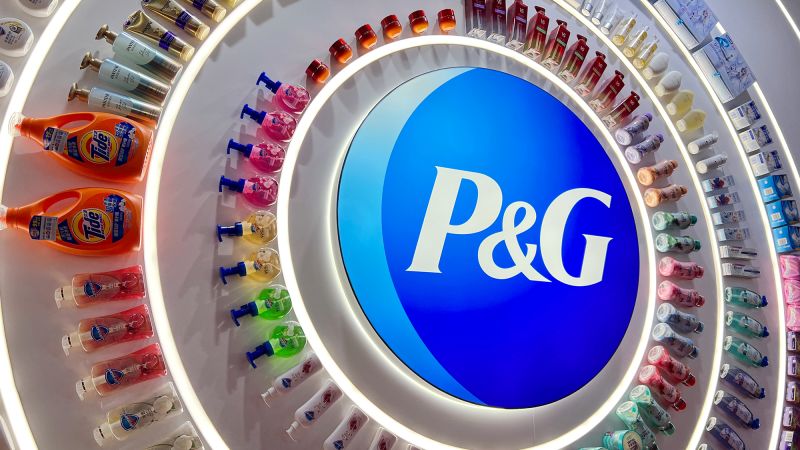Procter & Gamble Co. (P&G), the leading consumer goods company globally, recently announced a significant restructuring strategy that includes layoffs of approximately 7,000 jobs, which equates to about 6% of its overall workforce. This decision comes in response to fluctuating consumer demand and escalating costs attributed to tariff uncertainties affecting raw material imports. This restructuring initiative is aimed at streamlining operations over the next two years to better align with current market realities.
During a presentation at the Deutsche Bank Consumer Conference held in Paris, P&G executives outlined the company’s plan to withdraw from certain product categories and brands within selected markets. With approximately 108,000 employees on payroll as of June 30, 2024, the impending job cuts will principally affect the non-manufacturing sectors, representing about 15% of that workforce. There’s a growing anticipation of continued economic pressures this year, particularly for consumer spending, which is projected to further complicate business for global consumer goods manufacturers like P&G and Unilever.
The impetus behind this restructuring is not new in P&G’s operational strategy; rather, it signifies an accelerated approach to navigating the increasingly challenging market environment. Executives emphasized that this adjustment aligns with existing strategic goals and is a proactive measure to contend with heightened competition and consumer behavior changes influenced by external economic factors.
One of the major challenges contributing to this restructuring plan is President Donald Trump’s comprehensive tariff policies that have disrupted global trading dynamics. These tariffs have not only led to uncertainties in international trade, but they have also provoked fears of a recession in the United States, which represents P&G’s largest market. The tariff measures have increased the costs of importing raw materials, packaging, and various finished goods that the company sources from China. A Reuters analysis highlighted that such trade conflicts have cost U.S. corporations upwards of $34 billion in lost sales and additional expenses, a financial impact that is anticipated to escalate.
In light of these challenges, P&G has been vocal about its strategy to counter the financial strain imposed by tariffs. Earlier this year, the Tide detergent brand, among others, announced plans to augment product prices. The company’s Chief Financial Officer, Andre Schulten, noted that raising prices and implementing cost-cutting measures were essential strategies the firm would deploy to mitigate the effects of tariffs. The objective was to safeguard market share and maintain profitability amidst rising consumer goods prices.
During the recent announcement, both Schulten and P&G’s Chief Operations Officer, Shailesh Jejurikar, reflected on the volatile geopolitical landscape, acknowledging the unpredictability consumers currently face. Rising prices have provoked concern among consumers, leading to a shift in purchasing behaviors and a hesitation toward spending, which poses a risk for companies relying heavily on consistent consumer sales.
In light of these developments, it is vital for P&G to adapt and remain agile in its operational frameworks, ensuring that strategic decisions effectively align with economic trends and consumer demands. The forthcoming restructuring is poised to redefine P&G’s workforce dynamics while recalibrating its brand offerings. Through informed decision-making, the company aims to strengthen its market position and foster resilience in the face of ongoing economic uncertainty.
As P&G embarks on this new phase, the focus will remain on optimizing resources, enhancing efficiency across operations, and ultimately delivering value to both shareholders and consumers in an ever-evolving market landscape. The commitment to navigate these changes will not only shape P&G’s immediate future but will also have long-term implications for its role in the global consumer goods sector.



